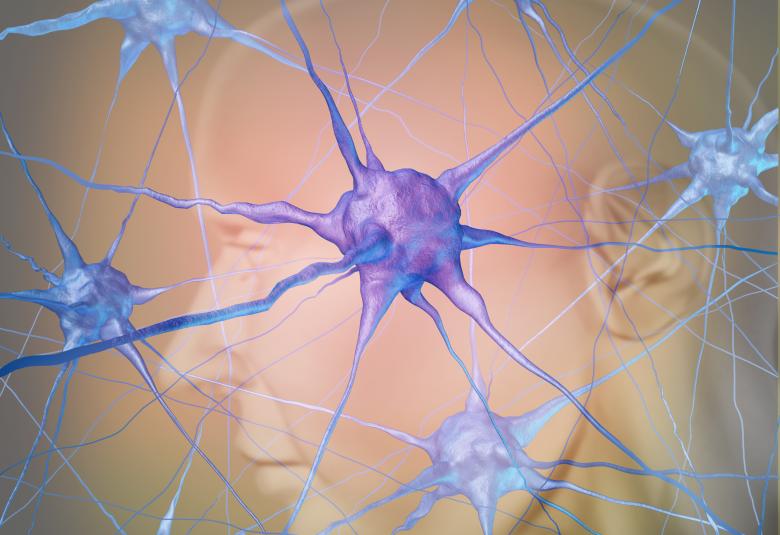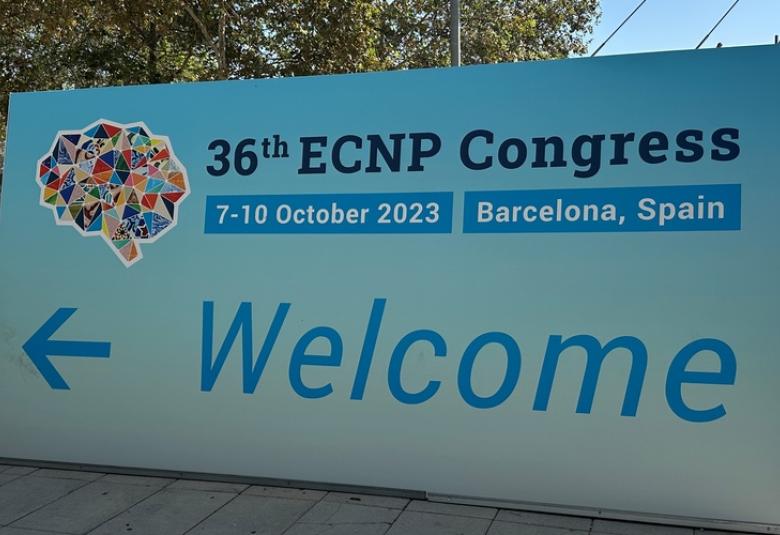Efforts to increase patients’ chances of full functional recovery should be helped by the development of new drug targets, biomarkers to predict the response of individual patients, and digital tools to phenotype depression and monitor progress towards treatment goals.
From the patient’s perspective, full functional recovery from major depressive disorder (MDD) means not just resolution of symptoms but the return of enjoyment in everyday activities and relationships.1 Achieving this requires early diagnosis and optimum treatment, Dominika Dudek (Jagiellonian University, Krakow, Poland) told the Satellite Symposium on Changing Course in MDD.
Early optimized treatment is key to bringing patients to full functional recovery
But up to 50% of patients do not respond sufficiently to initial antidepressant therapy, and for these patients the result can be frustration, hopelessness and anxiety.2
Pseudoresistance due to factors such as misdiagnosis, comorbid psychiatric or physical disease, or inadequate dose or compliance must be excluded. And there is no universal agreement on what constitutes treatment-resistant depression (TRD), but a working definition is non-response to two or more different antidepressant therapies, Professor Dudek said.3
Uncertain definitions
The longer depression lasts, the greater the negative outcomes
Again, there is no single definition of adequate duration of treatment, but the Canadian Network of Mood and Anxiety Treatments guidelines suggest 2-4 weeks is an appropriate time at which to assess whether or not there has been early improvement.4
People with TRD are at higher risk of relapse and suicidal behavior than those with treatment-responsive depression, and are less likely to achieve functional remission.5,6
When to assess and optimize treatment
Precision medicine has potential to predict response and improve outcome
Professor Dudek shared these insights with the Symposium Audience:
- Response trajectories vary from one patient to another. Some benefit from a longer period of initial treatment (4-6 weeks), and for these patients switching antidepressant after a few weeks may be ineffective.7 For others, four weeks is too long to wait to ascertain lack of early improvement7,8
- A slow response to treatment is detrimental to the wellbeing of patients who have already experienced failed treatment7
- There is convincing evidence for the augmentation of antidepressants with second-generation antipsychotics and lithium9
- Data on the use of medication with novel pharmacological targets are promising.10
This latter point was taken up by Antoni Ramos-Quiroga (Vall d’Hebron Hospital, Barcelona, Spain) who pointed out that glutamate neurons outnumber monoaminergic neurons in the brain and seem to influence neuronal plasticity.11
Digital phenotyping of depression
Eduard Vieta (University Hospital of Barcelona, Spain) looked to a future in which we not only have agents with new mechanisms of action but also validated pharmacogenomic, epigenetic, and proteomic biomarkers to reliably assist diagnosis and the prediction of response in individual patients with MDD.
Prediction of treatment outcomes may also be helped by the smartphone monitoring of patients to allow digital phenotyping of depression, while machine learning is used to identify individuals at high risk of adverse events such as attempted suicide.
Educational financial support for this satellite symposium at EPA 2020 was provided by Janssen Pharmaceutical Companies of Johnson and Johnson in EMEA
Our correspondent’s highlights from the symposium are meant as a fair representation of the scientific content presented. The views and opinions expressed on this page do not necessarily reflect those of Lundbeck.




